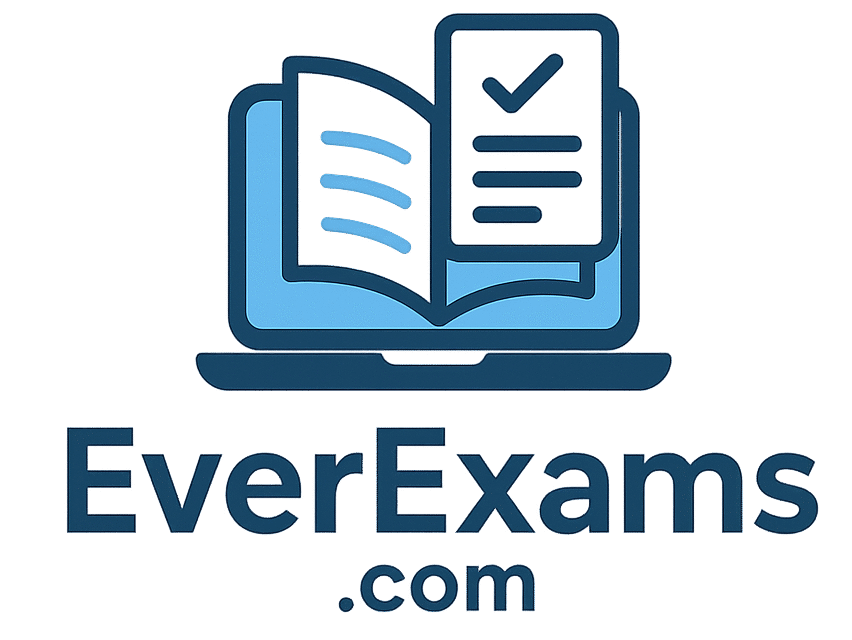Tag: An understanding of Quality Control of Pharmaceutics mcqs
-
Quality Control in Pharmaceutics – Key Concepts and MCQs
Gain insight into Quality Control in Pharmaceutics with a focus on essential concepts and practical applications. Explore MCQs and detailed explanations to enhance your understanding and prepare for exams effectively....

